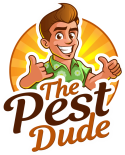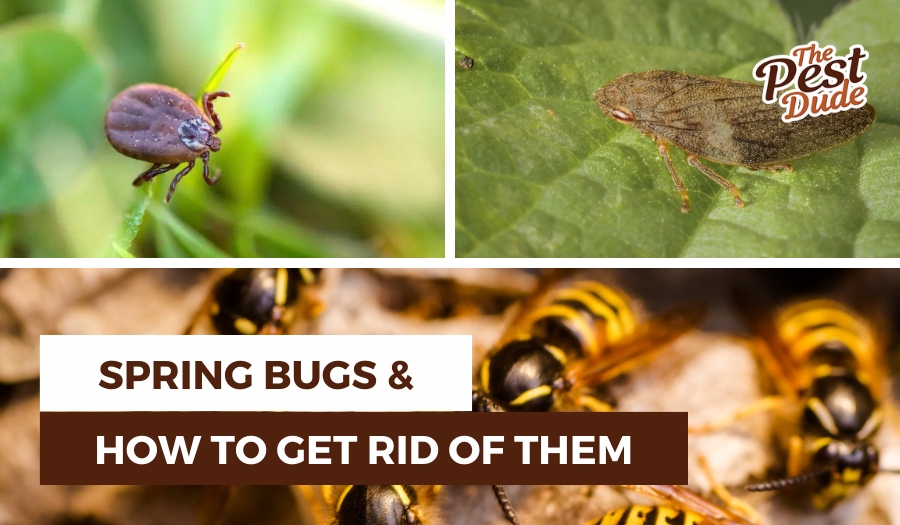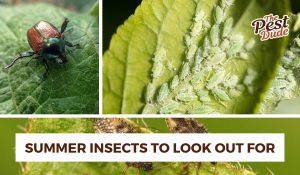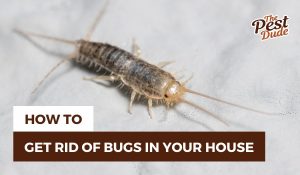It’s springtime, and you’re looking forward to getting outside and enjoying time with your family.
Unfortunately, springtime pests are also becoming more active.
Don’t worry, though – you don’t have to live with them all season.
At Pest Dude, we specialize in helping people learn to control pests on their own. In this blog, we’ve compiled our extensive experience to help you learn to get rid of spring bugs and reclaim your space.
Why do I see so Many Bugs in the Spring?
Springtime is the season of renewal and growth.
Unfortunately, it’s also the season when many common bugs and pests become more visible and active.
Here’s why that happens:
- Warmer Temperatures: As the temperature increases, bugs that were dormant during the winter wake up in search of food and mates.
- Increased Moisture: Spring showers provide the perfect conditions for bugs to thrive. Moist environments are perfect for bugs to lay eggs and for larvae to survive.
- Abundant Food Sources: All the new plant life that grows in the spring offers food for herbivorous bugs, which in turn attracts predatory bugs.
- Longer Days: Longer daylight hours give bugs more time to search for food and reproduce.
Top Insects to Look out for in the Spring
Crawling Insects
1. Termites
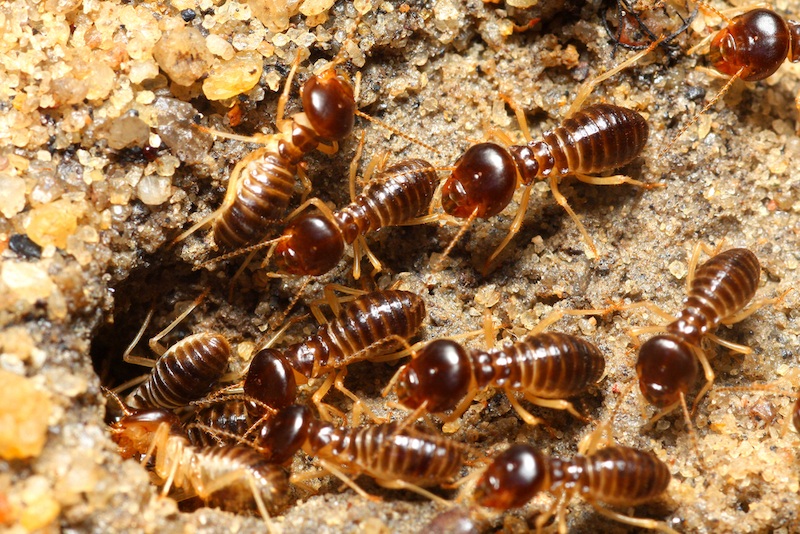
Identification
Termites are typically light in color, ranging from white to beige, and have two pairs of wings of equal size. They are often mistaken for ants but can be distinguished by their straight antennae and thick waist.
Habitat and Damage
They primarily feed on wood, causing significant damage to homes by undermining the structural integrity of wooden components.
Prevention and Management
- Regularly inspect your home for signs of termite damage.
- Ensure woodpiles are stored away from your home’s foundation.
- Seal gaps and cracks in your home’s exterior.
- To learn more about how to get rid of termites, click here.
2. Ants
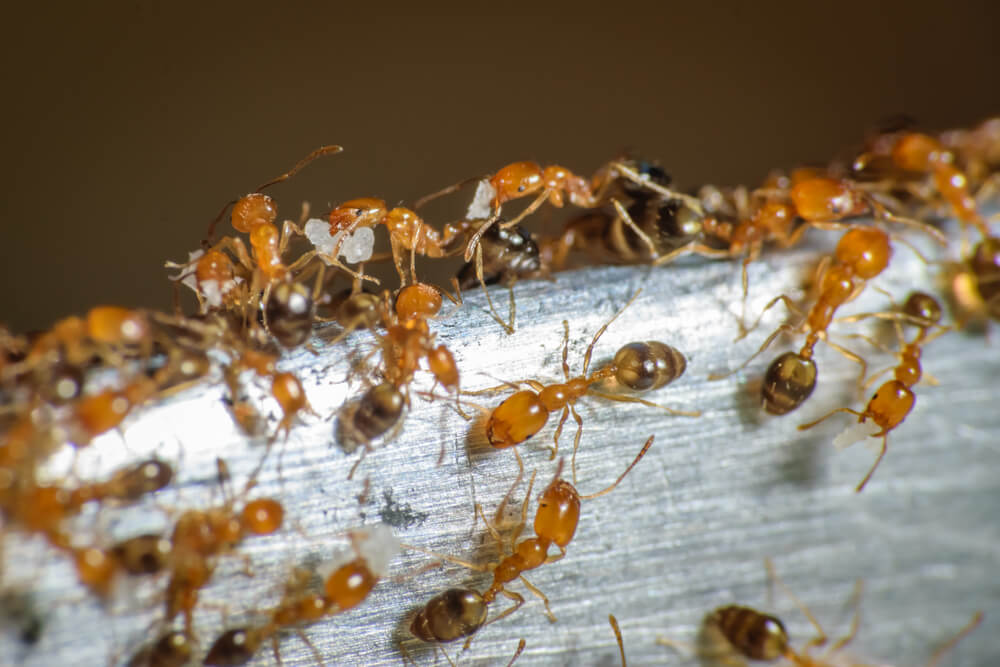
Identification
Ants come in various sizes and colors, typically black, brown, or red. They can be identified by their elbowed antennae and constricted waists.
Habitat and Damage
Ants are attracted to food and moisture and will enter homes to eat scraps and stored food in the pantry. While most are nuisances, some, like carpenter ants, can damage wood.
Prevention and Management
- Keep kitchen areas clean and free of crumbs.
- Seal entry points around doors, windows, and other openings.
- Use ant baits and repellents around entry points (check out our top recommendations here).
3. Spiders

Identification
Spiders have eight legs and range in color and size. Some common house spiders can be identified by distinct markings or shapes of their bodies.
Habitat and Damage
Most spiders are harmless and prey on other insects. However, their presence can be unsettling, and some species can deliver painful or deadly bites.
Prevention and Management
- Keep basements, attics, and garages clean and clutter-free.
- Seal cracks and gaps in the home’s exterior.
- Regularly remove any visible spider webs.
- Use spider control products (like the ones we recommend here) to kill spiders on contact.
4. Ticks
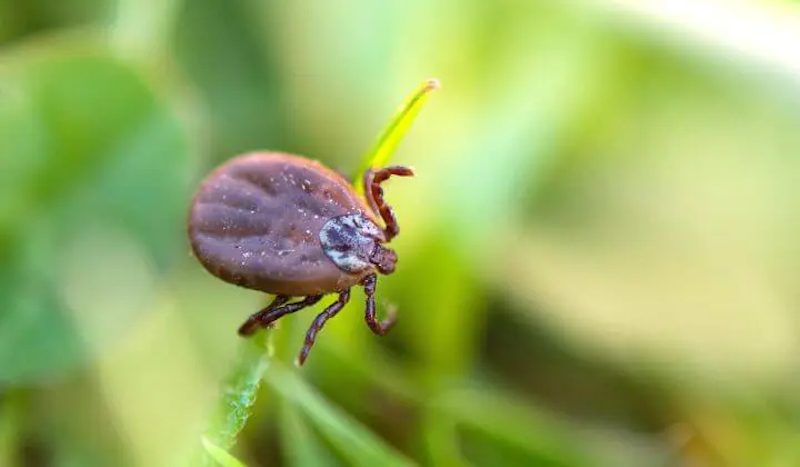
Identification
Ticks tiny, blood-sucking arachnids. They can be identified by their flat, oval bodies, which become engorged after feeding.
Habitat and Damage
They are found in grassy or wooded areas and can attach to animals or humans passing by. Ticks are known to spread diseases like Lyme disease.
Prevention and Management
- Keep grass cut short and maintain a tidy garden to reduce habitats.
- Use tick repellents when venturing into wooded areas.
- Check pets and yourself for ticks after being outdoors.
- For more information on how to get rid of ticks, click here.
5. Earwigs

Identification
Earwigs are distinctive because of the large pincers on the backs of their abdomens. They are usually dark brown or black.
Habitat and Damage
Earwigs prefer moist areas and are often found in mulch or under pots. They generally do not cause significant damage indoors.
Prevention and Management
- Reduce moisture around the home’s perimeter.
- Clear garden debris that could provide hiding spots.
- Seal entry points to prevent indoor access.
- For more information on how to get rid of earwigs, click here.
6. Boxelder Bugs
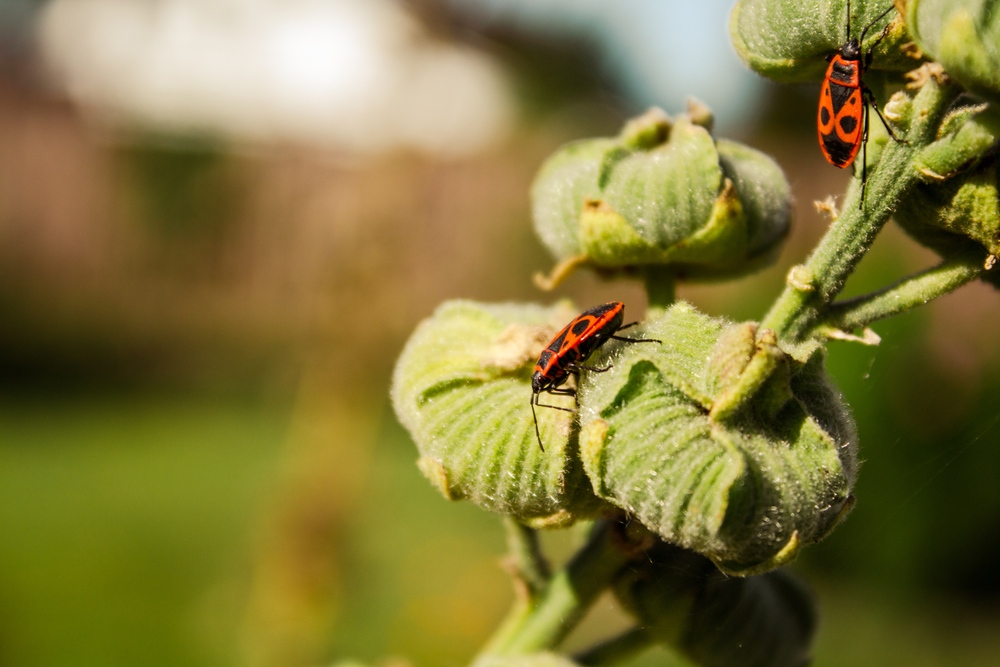
Identification
Boxelder bugs are easily recognizable by their black bodies with distinctive red or orange markings. They are approximately half an inch long.
Habitat and Damage
These insects are often found on or around boxelder trees during warmer months and will migrate indoors to overwinter. While they do not cause structural damage or spread disease, their presence in large numbers can be a nuisance.
Prevention and Management
- Seal cracks and gaps in the home’s exterior.
- Remove boxelder trees nearby if possible.
- Vacuum any bugs found indoors.
7. Stink Bugs
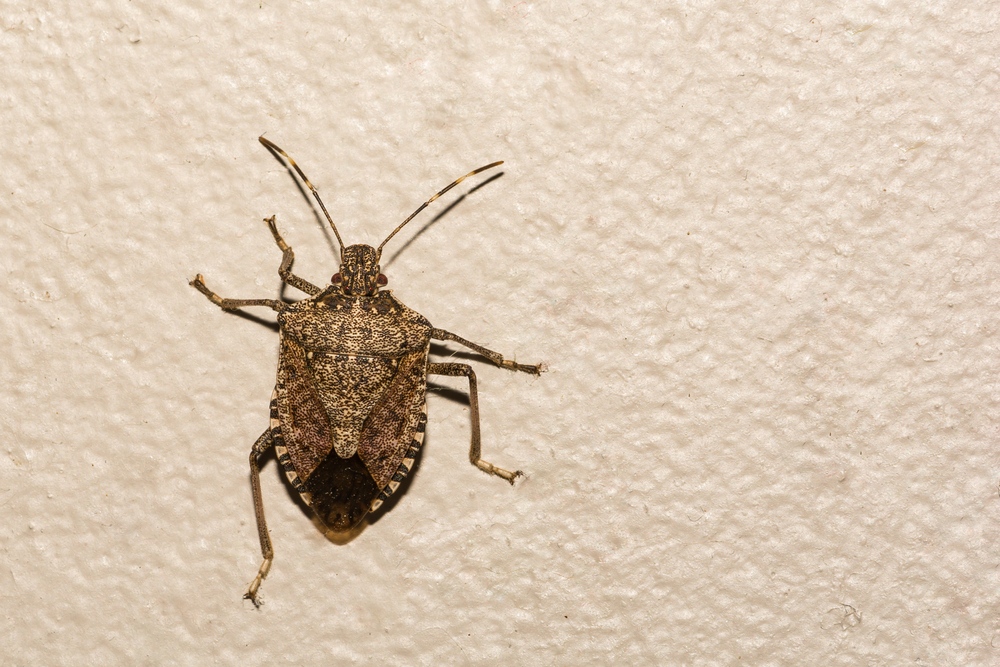
Identification
Stink bugs are shield-shaped insects with mottled brown bodies, measuring about three-quarters of an inch. When threatened or crushed, they release a pungent odor.
Habitat and Damage
They invade homes in the fall to seek warmth. Although they do not cause damage or carry diseases, most people find their odors and presence unpleasant.
Prevention and Management
- Seal entry points around windows and doors.
- Use window screens.
- Vacuum up any stink bugs indoors without crushing them.
- For more information on how to get rid of stink bugs, click here.
8. Beetles
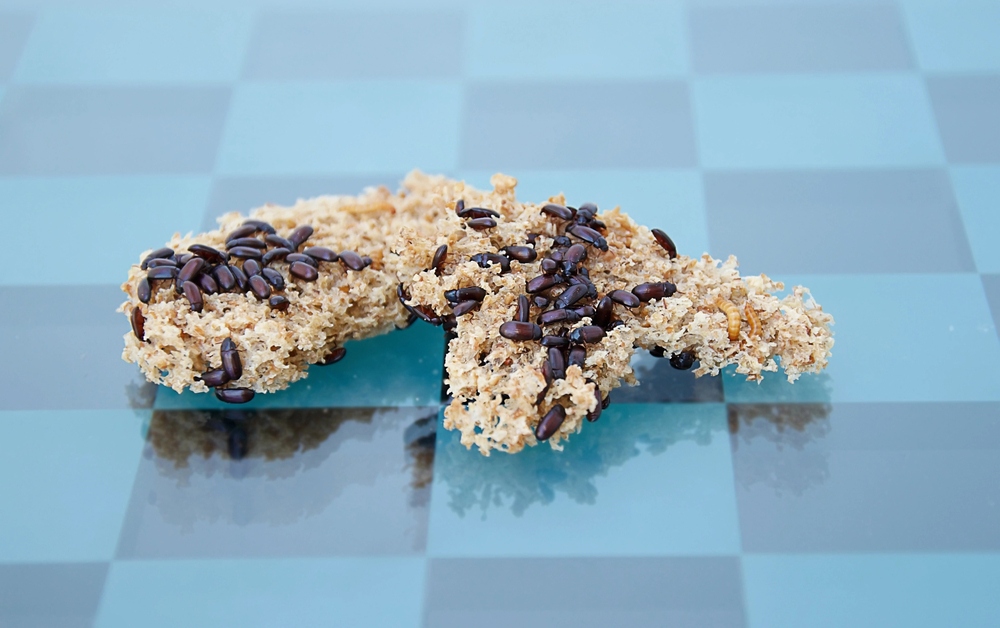
Identification
Beetles come in various sizes, shapes, and colors. While there are more than 350,000 species worldwide, many share similarities – they have a rigid, shell-like outer wing covering and chewing mouthparts.
Habitat and Damage
Their habitat ranges widely depending on the species. Some beetles, like the carpet beetle, can damage fabrics and furniture, while others may target pantry goods.
Prevention and Management
- Store food in airtight containers.
- Regular vacuuming and decluttering.
- Consult a pest control professional for severe infestations.
9. Cockroaches

Identification
Cockroaches can be identified by their flat, oval bodies, long antennae, and rapid movement. Their color ranges from light brown to black.
Habitat and Damage
Cockroaches prefer warm, moist environments and can spread diseases and contaminate food and surfaces.
Prevention and Management
- Keep kitchen areas clean and free of crumbs.
- Fix leaks and reduce moisture.
- Seal cracks and entry points around the home (check out our guide for more information).
10. Mole Crickets
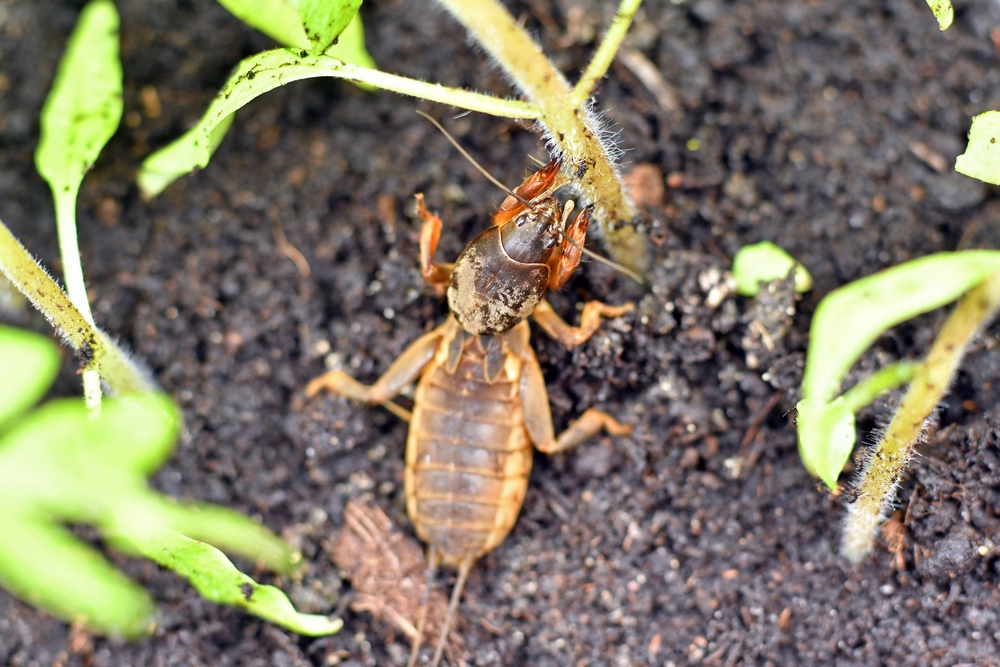
Identification
Mole crickets have velvety brown bodies, shovel-like forelimbs for digging, and can be up to 1.5 inches long.
Habitat and Damage
They inhabit moist soil and are primarily a problem in lawns and gardens, where their tunneling damages roots and grass.
Prevention and Management
- Maintain a healthy lawn to resist damage.
- Use approved insecticides if necessary.
- Water lawns in the morning to reduce nighttime moisture.
11. Grub Worms
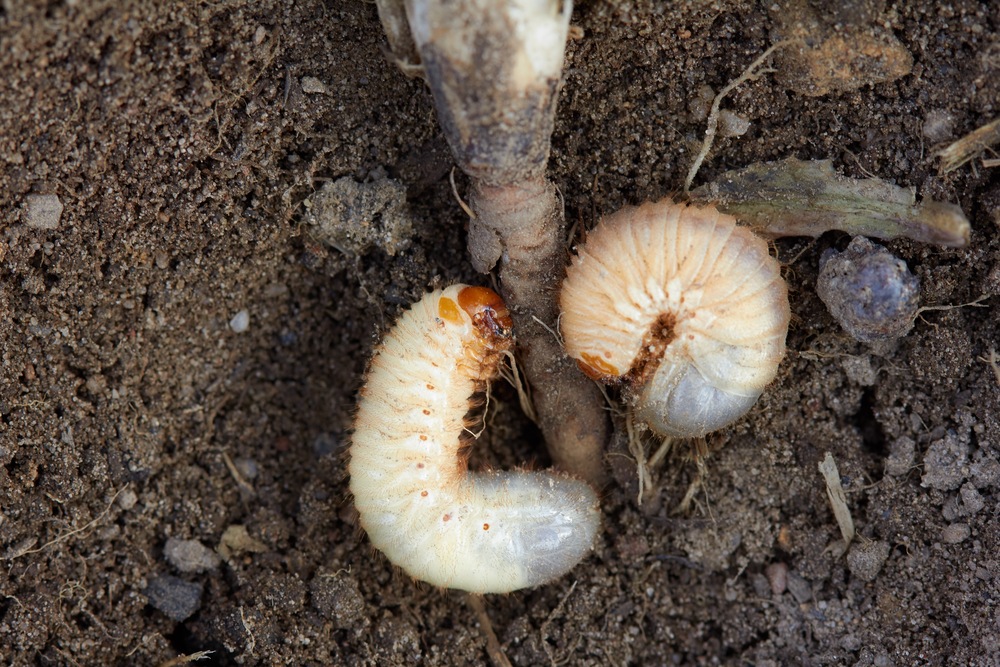
Identification
Grub worms, the larvae of various beetles, are C-shaped, white or creamy, with a dark rear end. They measure about half an inch to one inch long.
Habitat and Damage
Found beneath the soil surface, they feed on organic matter and roots, often damaging lawns and garden plants.
Prevention and Management
- Treat lawns with nematodes or milky spore disease to target grubs naturally.
- Aerate and overseed lawns to improve health.
- Consult a professional for appropriate pesticide use.
12. Chinch Bugs
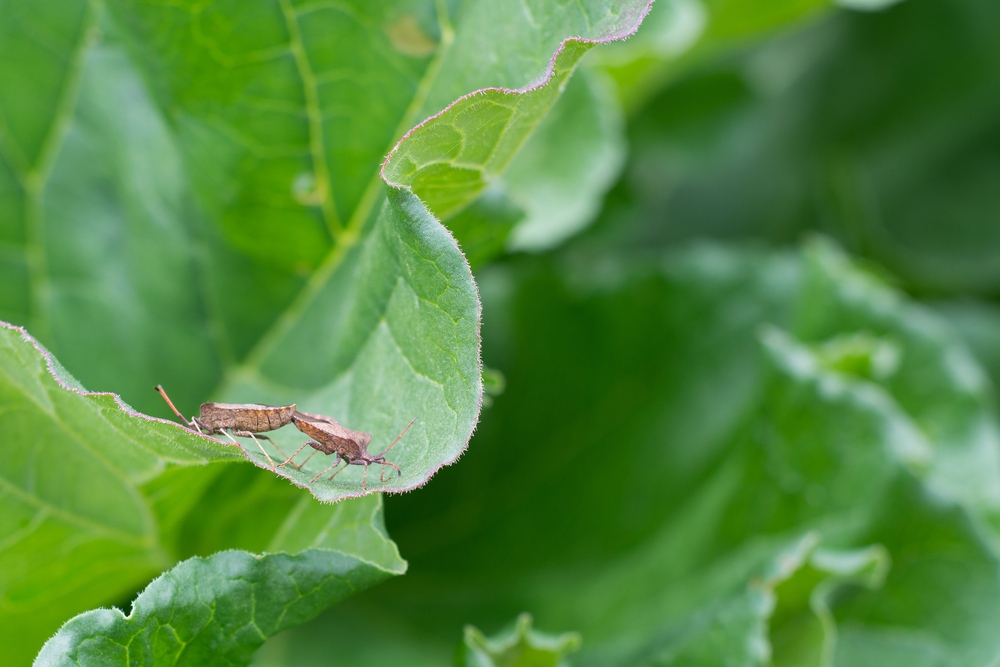
Identification
Chinch bugs are small, with a black body and white wings forming an X shape. They are most commonly noticed when damaging grass.
Habitat and Damage
They suck sap from grass in lawns, causing yellow to brown patches during warm, dry conditions.
Prevention and Management
- Keep lawns well-hydrated, especially in heat.
- Apply insecticidal treatments to affected areas.
- Encourage beneficial insects that prey on chinch bugs.
13. Spittlebugs
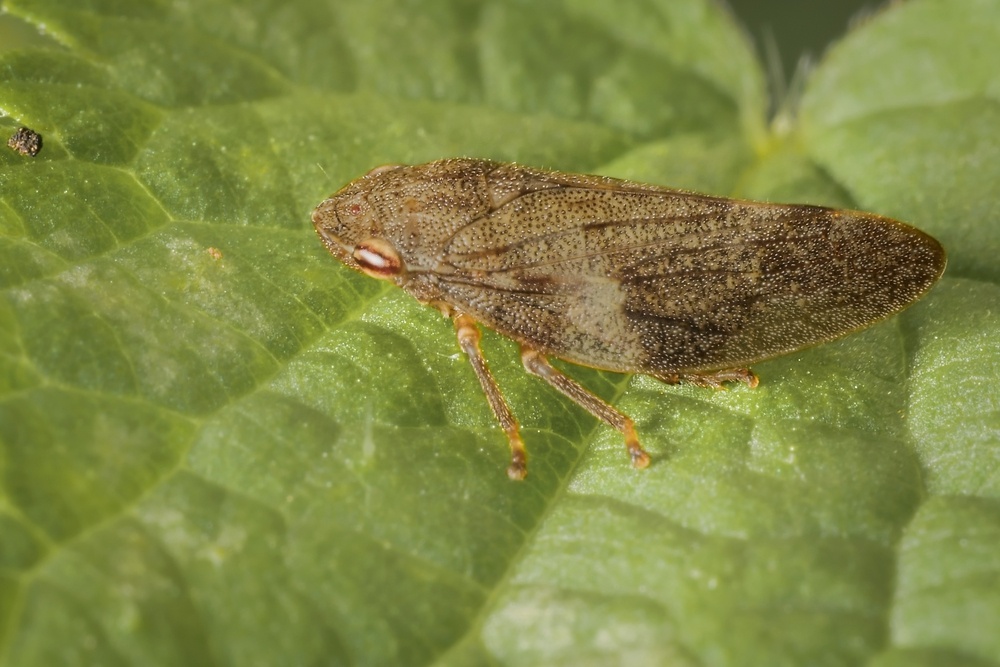
Identification
Spittlebugs can be identified in their nymph stage by the frothy “spittle” they produce on plants. Adults are small, hopping insects that are often brown or green.
Habitat and Damage
They live in moist garden areas and feed on plant sap but rarely cause significant damage. The spittle protects them from desiccation and predators.
Prevention and Management
- Rinse plants with a strong water jet to remove nymphs and spittle.
- Reduce plant density to improve airflow.
- Handpick adults if seen.
Flying Insects
14. Mosquitos

Identification
Mosquitos are tiny, flying insects with slender bodies, long legs, and long mouthparts (proboscis) used for feeding.
Males typically feed on nectar, while females feed on blood. They can be identified by their buzzing sound and are most active during dawn and dusk.
Habitat and Damage
Mosquitos breed in stagnant or slow-moving water and can be found in most environments. They are known carriers of diseases such as malaria, dengue fever, Zika virus, and West Nile virus, posing significant health risks.
Prevention and Management
- Eliminate standing water sources where mosquitoes breed.
- Use window and door screens to prevent indoor entry.
- Apply mosquito repellent when outdoors.
- Consider using mosquito traps or natural predators like bats and certain fish species (check out our top mosquito killers here).
15. Flies

Identification
Flies are insects with a pair of wings and often have large, compound eyes. Houseflies, one of the most common subspecies, are gray with four dark stripes on their back. They are attracted to food and waste.
Habitat and Damage
Flies can be found in almost all environments, particularly where there is decaying organic matter, waste, or food. They are known to spread diseases, including dysentery and cholera.
Prevention and Management
- Keep food covered and manage waste properly.
- Use fly screens on windows to prevent entry.
- Employ fly traps or electric fly zappers.
- Regularly clean and disinfect potential breeding sites.
- For more information on how to get rid of flies, check out our guide here.
16. Wasps

Identification
Wasps have slender bodies, a narrow waist, and two pairs of wings.
They can be distinguished from bees by their smoother, less hairy bodies and more aggressive behavior.
Yellow jackets and hornets are common subspecies, identified by their distinctive coloring and patterns.
Habitat and Damage
Wasps are often found in gardens, woodlands, and near human habitation, where they build nests.
They can become aggressive if threatened, and their stings can be painful and, in some cases, trigger allergic reactions.
Wasps are beneficial for natural pest control but can pose risks when nests are located near human activity.
Prevention and Management
- Avoid scented products that attract wasps.
- Cover food during outdoor activities.
- Seal entry points in buildings where wasps could enter to nest.
- Consult a professional for the safe removal of wasp nests.
- To learn more about how to get rid of wasps, check out this guide.
Keep Springtime Pests From Bugging You!
If you’re tired of dealing with annoying spring bugs, you’re probably wondering how to eliminate them. While DIY management and prevention techniques can be effective, sometimes you need to call in the professionals.
At Pest Dude, we work with a nationwide network of professional pest management technicians.
Contact us at (844) 532-0076, and we’ll connect you with a pest management professional in your area.

Get a Free Quote
Give us a call today to receive your free, no-obligation pest control quote.
